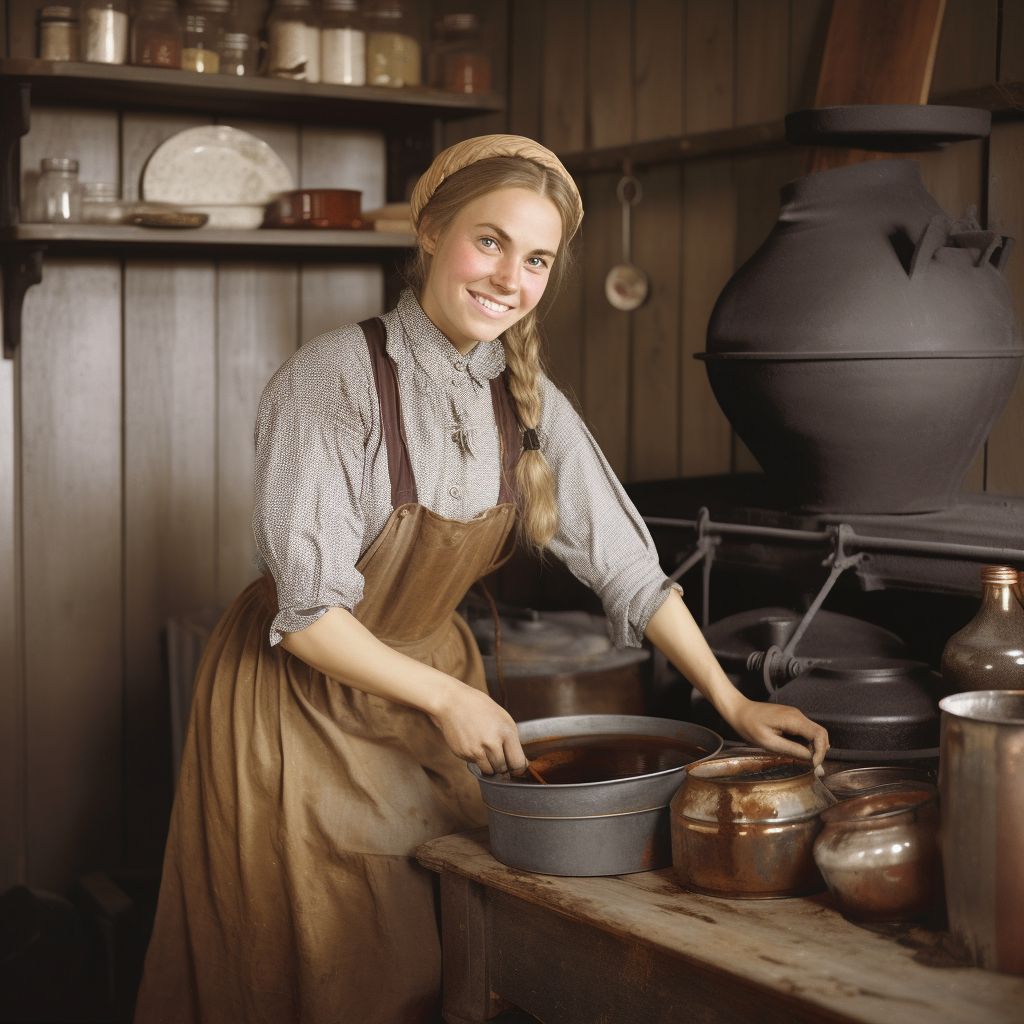Chocolatier
The art of chocolate making has been a cherished profession for centuries, with skilled chocolatiers creating delectable confections that delight the senses. In 1880, the chocolatier profession experienced a transformative period, as the introduction of auto sapient labor revolutionized the way these artisans crafted their exquisite creations. This article explores the chocolatier profession during this pivotal time and examines the impact of auto sapient labor on the art of chocolate making.
The Role of Chocolatiers
Chocolatiers are artisans who specialize in crafting fine chocolate confections, using a combination of creativity, skill, and a deep understanding of the properties of chocolate. They are responsible for the entire process, from selecting and blending high-quality cacao beans to tempering, molding, and decorating the finished product. Chocolatiers often create a wide range of confections, including truffles, chocolate bars, pralines, and other indulgent treats.
The Emergence of Auto Sapient Labor
The 1870s marked the introduction of auto sapient labor, a groundbreaking innovation that saw highly advanced automatons, commonly referred to as "steelies," integrated into various industries. Equipped with sophisticated Mental Circuitry, these automatons possessed the ability to learn and adapt to a wide range of tasks, making them well-suited for assisting chocolatiers in their craft.
Impact on the Chocolatier Profession
The integration of auto sapient labor into the chocolatier profession brought about numerous benefits, with steelies assisting in the various stages of chocolate making. One significant advantage was their role in recipe preparation, as their ability to precisely measure, mix, and temper ingredients enabled chocolatiers to achieve consistent results and maintain a high level of quality.
With steelies assisting in the more time-consuming aspects of recipe preparation, chocolatiers could focus on refining their techniques, developing new flavors, and exploring innovative ways to present their creations. This increased level of attention to detail and experimentation led to a golden age of chocolate making, as chocolatiers pushed the boundaries of their craft and introduced new and exciting confections to the market.
Additionally, the use of auto sapient labor allowed chocolatiers to increase their production capacity, as steelies could be programmed to perform multiple tasks simultaneously and work in harmony with Human artisans. This enabled chocolatiers to meet the growing demand for their products, while still maintaining the high-quality standards that defined their craft.
Conclusion
The integration of auto sapient labor into the chocolatier profession in 1880 marked a significant turning point in the history of chocolate making. With steelies assisting in recipe preparation and other aspects of the craft, chocolatiers were able to focus on refining their skills, developing new and innovative confections, and expanding their production capacity. As a result, this period saw a flourishing of creativity and growth within the chocolatier profession, as well as a lasting impact on the art of chocolate making.
Type
Culinary

